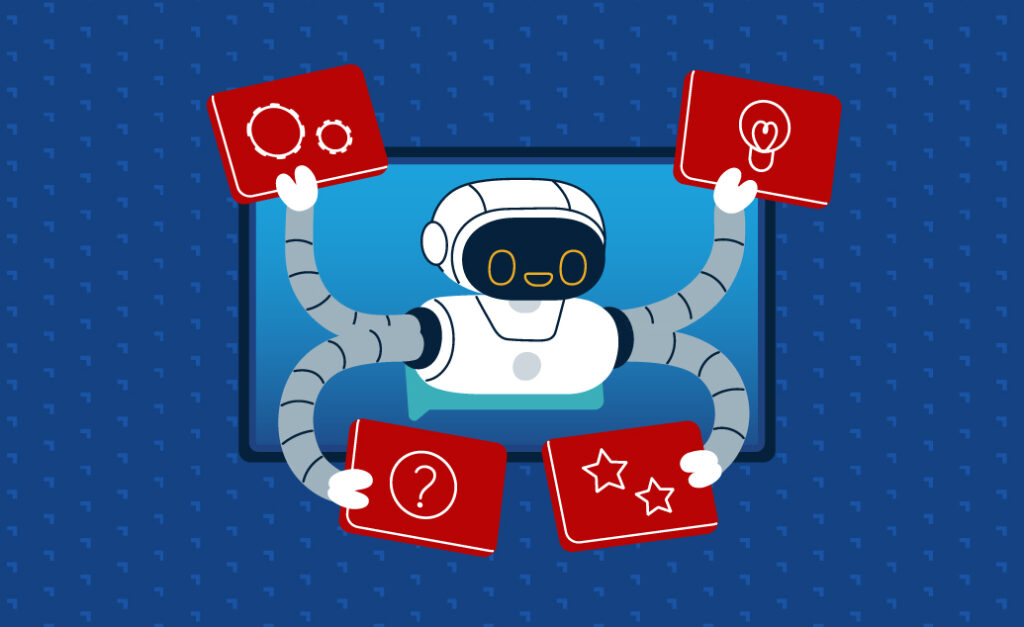
ChatGPT, the latest artificial intelligence (AI) chatbot has entered the room and it’s generating more buzz than ever. Educators worldwide are contemplating how AI will disrupt their classrooms, with numerous concerns over increased cheating, loss of creativity and lack of critical thinking skills. Amidst the doom and gloom, there is a glimmer of hope as there are benefits to consider. Some educators have positioned ChatGPT as a teacher’s assistant, supporting areas like lesson planning and generating prompts to promote discussions. Other teachers use it with students during their lesson implementation process to promote critical and complex thinking. So, is it a good idea or not?
For teachers and administrators new to AI in education, particularly in grades K-12, there are some important aspects to consider:
Privacy and Permissions
Teachers and administrators serving students in grades K-12 must ensure the programs they use, including those powered by AI, comply with laws, rules and regulations such as FERPA and COPPA. In particular, COPPA requires operators of certain online programs and platforms to obtain parental or legal guardian consent for students 13 years of age or under. In school districts with established technology departments, teachers may need additional permission to provide online access to students. District technology specialists can provide support to help teachers maintain students’ privacy while navigating AI-powered applications.
Professional Development
New programs such as ChapGPT are exciting to use and there are many other AI-powered applications available. The number of offerings can be overwhelming. Professional development focused on AI in education can help teachers and administrators learn more about the emerging technology along with best practices for using it in the classroom. The International Society of Technology in Education (ISTE) offers an introductory course featuring explorations of AI and practical examples of its use in schools.
Lessons for Students
There are several ways K-12 teachers can introduce AI to students. Although ChatGPT is a popular choice, it may not be accessible in all districts. Since AI in education is growing in popularity, non-profit organizations and companies are starting to provide activities for teachers and students. ISTE offers a slate of free guides full of hands-on activities available in English, Spanish and Arabic. The AI Education Project offers a project-based learning exploration of ethics in AI for grades 9-12 and AI Snapshots, a set of 180 AI-focused, teacher-led warm-ups for grades 7-12.
Groups and Organizations
Educators seeking support with using AI are forming and joining groups for like-minded individuals. EdSAFE AI Alliance is a global network of professionals that connect and work together on issues such as AI safety. There are also groups available on social media platforms such as Facebook. Massachusetts Institute of Technology offers the Responsible AI for Social Empowerment and Education (RAISE) initiative, which includes K-12 AI literacy and vocational information for students. Digital Promise hosted a series of listening sessions on AI in education last year. Artificial intelligence is more than the next “shiny, new object” in education. AI is here to stay. Teachers and administrators can equip themselves with tools to learn about it and how it is positioned to transform education.
Understand how to utilize educational technology to maximize student outcomes and enhance instruction by exploring American College of Education’s fully online M.Ed. in Instructional Design and Educational Technology.

